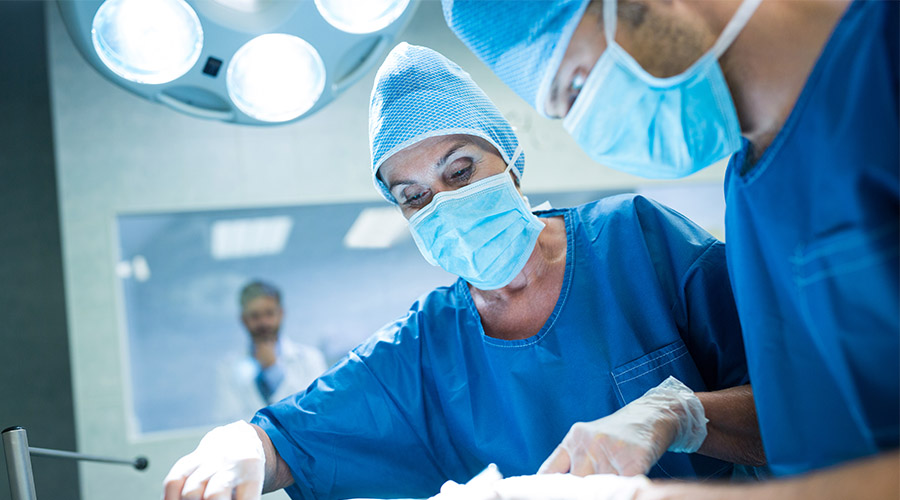
If you had to undergo a delicate surgical procedure and could choose, would you choose to be operated by a specialist doctor or a robot? Advances in medical technology are such that it is becoming increasingly common to use robotic instruments to perform delicate and minimally invasive surgical procedures. After all, who doesn’t want to rely on the knowledge of a medical specialist combined with state-of-the-art robotics technology for a safer, more precise, faster procedure and, on top of that, with less pain and trauma? These are the benefits of robotics in medicine!
Here is everything you need to know to stay on top of this subject, which has added another dimension to healthcare and the way doctors and surgeons are specializing.
Robotic Surgery
Robotics in medicine has proven to be a highly successful partnership, and one of these advances is with the help of robots during surgical procedures or in monitoring the patient’s clinical parameters. By means of a computer program, the robot performs very meticulous procedures, while the surgeon plans the procedure and only observes its execution, to adjust some points in case of any unforeseen in the patient’s clinical evolution.
With this procedure, there will be no deviations from the stipulated and planned trajectory. It is also possible to avoid the nervousness of the beginning professionals in face of the complexity of the clinical case in question. In more complex surgeries, robotic devices contribute to less invasive procedures and faster recovery. This is because the surgical incision is defined for the specific region, which significantly facilitates the performance of the surgery.
Tele Surgery
Telesurgery brought together two technological resources: telemedicine and robotics, which made it possible to expand the range of clinical services both in the therapeutic aspect and in monitoring the vital data of the patient.
This is because robots, in telesurgery, can represent a surgeon operating in the next room or even miles away – in this case, making use of transmission technologies via videoconference. In remote places, even if a surgeon does not have as much experience in a given surgery, he can have the help of an expert with telemedicine systems, which would avoid unnecessary travel of critical patients to more advanced locations and would guarantee less impact for the patient.
With this technique, the surgeon who accompanies the surgery can interfere at any time, giving support to the local surgeon, since everything previously studied considering all the risks that would compromise the patient’s life.
Telepresence
Telepresence is another possibility of robotics in health services. Through robots installed in different sectors, it is possible to communicate with the doctor and discuss less urgent interventions. Telepresence robots can run for up to 80 hours, with 20 hours of intermittent use. They can also move easily, with anti-collision sensors. They are connected to the local WiFi network and controlled by mobile devices such as tablets or smartphones.
The function of these robots is to promote quick access to specialist doctors, show the results of tests already performed on the patient and discuss cases with the support team, facilitating decision making.
Nursing robots
The workload of the nursing team is high and requires attention to patient care, both about procedures, medication administration, and monitoring vital parameters. For this reason, nursing robots have been gaining space to facilitate some activities, minimizing repetitive actions and collaborating so that nurses dedicate themselves to more complex situations.
In this sense, robotic assistance works to measure clinical data, improve the medication administration process, and store, via electronic medical records, the information that can be activated by the clinical supervisors on duty.
Conclusion
Robotics in medicine reduces the length of hospital stay, the risk of infections and bleeding, with little surgical aggression and less trauma. In addition, it appears that large cuts are avoided, as well as deep scarring and severe bleeding; the post-operative ones are eased.
These are some additional benefits in other fields of action of robotics in health, in addition to those directed at the surgery.
